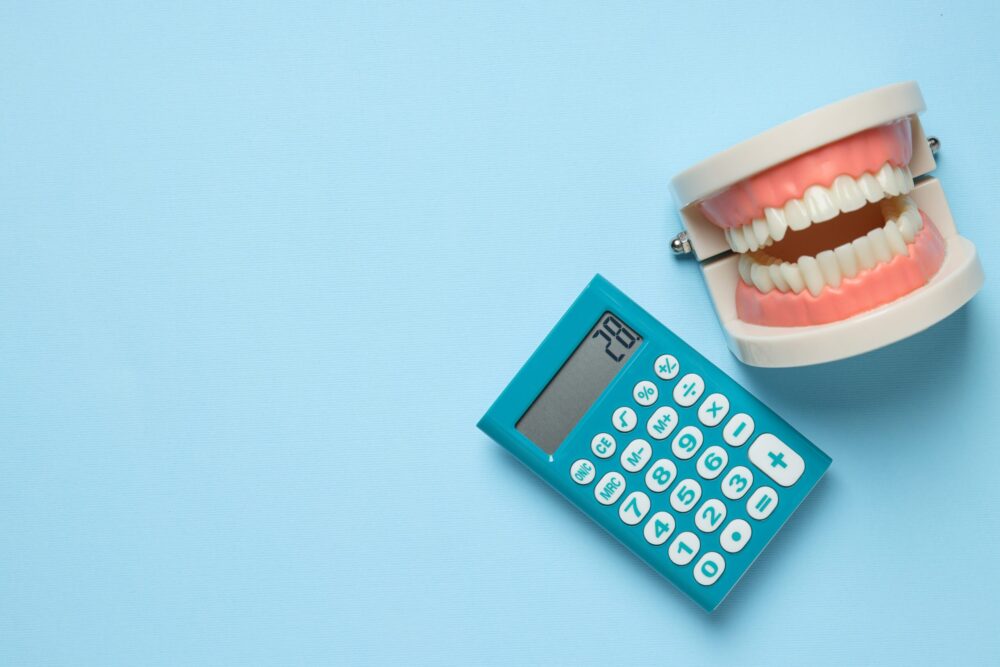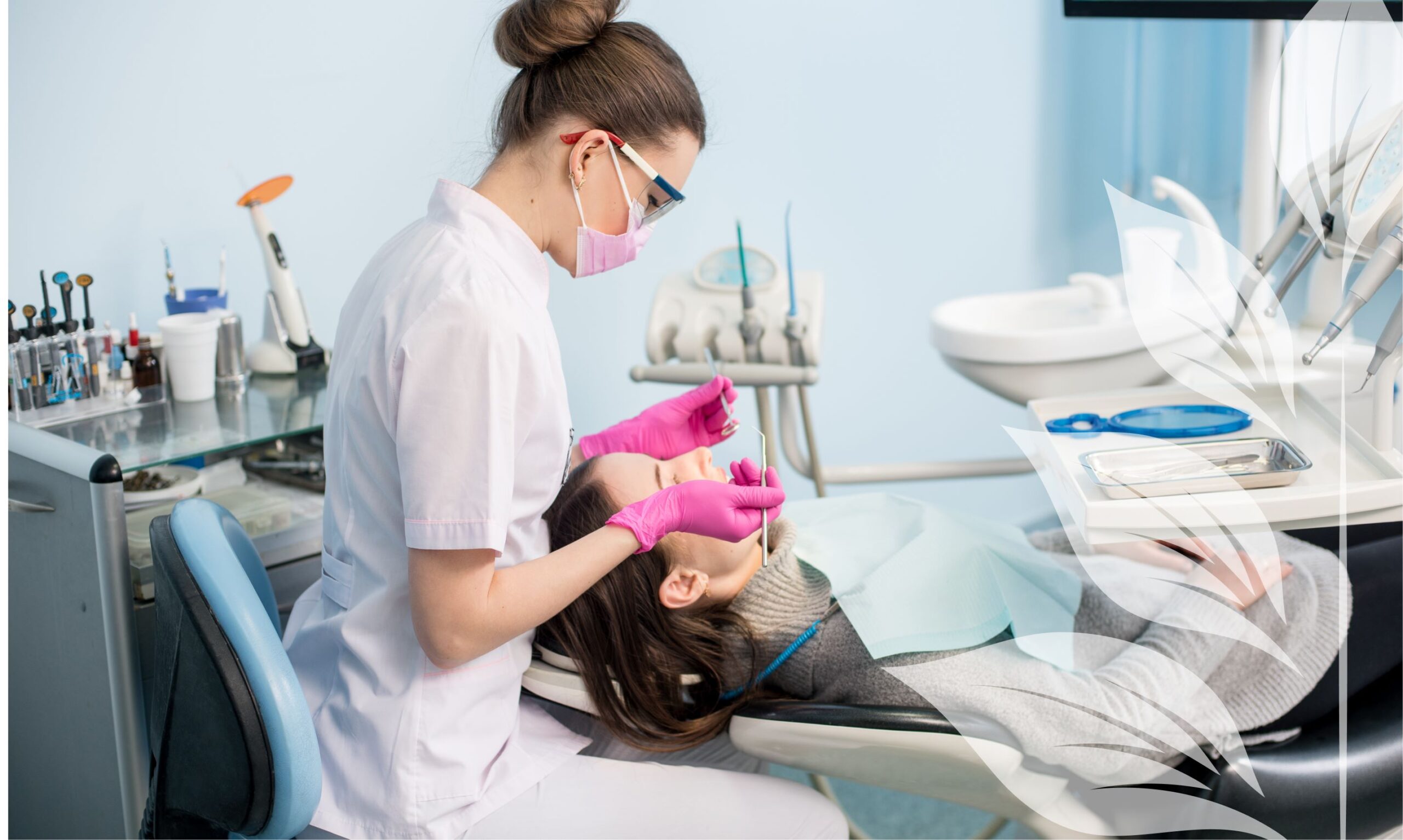Are you in need of a gum graft for improved oral health?
Gums are versatile. They insulate the teeth, fight infections, and provide support to the mouth. They do so much in terms of defense that they can easily become infected if they’re compromised. Severe gum disease is the 11th-most prevalent disease in the world. Thankfully, a gum graft can help.
Why is a gum graft so important? When should you get one, and how does the procedure work? What should you do once your graft is in place? We’ll answer all these questions and more in this quick guide so you can have healthy and functioning gums for years to come.
1. Why get a gum graft?
A gum graft is a procedure that fixes gum recession. Gums are soft tissues that can roll back if they are compromised. As they recede, they expose teeth roots, which are extremely sensitive. When exposed to hot or cold substances, they often induce severe pain.
Gums can also retain pockets of bacteria if they are not cleaned thoroughly with a solid oral hygiene routine. If left untreated, bacteria can build up over time and penetrate the roots, traveling all the way down to the jawbone. Over enough time, bacteria can even force teeth to fall out. This is a severe gum disease called periodontitis.
To resolve this, tissue will be taken from the mouth and placed over the gums. The roots will then be covered again, reducing pain and stopping bacterial growth in its tracks. This process is known as a gum graft.
2. Signs You May Need a Gum Graft
Receding gums are the biggest sign you may need a graft. Open your mouth and hold your teeth in place with your fingers. Bring your face close to the mirror so you can inspect your teeth. If your teeth seem long, you may have receding gums. But don’t panic! You may have receding gums because you are brushing your teeth too hard. Try easing up and using careful, gentle gestures when you scrub.
Another test you can do is to drink a glass of cold water, then drink a hot beverage immediately after. Notice how your teeth feel as you drink. If you experience sudden pain, you may have sensitive teeth from receding gums.
Many patients with periodontitis will require a gum graft to repair their damaged tissues. Signs of periodontitis include frequent bleeding, bad breath that is not resolved with proper brushing, and swollen gums. If you have any or a combination of these symptoms, you should go to a dentist’s office right away for treatment.
It may be hard to notice receding gums or periodontitis. Visit your dentist once every six months and ask them to look at your gums. If they notice your gums are receding too much, they may recommend a graft. Periodontists are dentists with a specialty in gum health. Your dentist may refer you to one for your graft. They may also ask you to undergo periodontal therapy before pursuing a graft.
If your gums have receded significantly, your dentist may send you to an endodontist, which is a dentist who specializes in tooth pain. You can also visit them on your own if you want a second opinion. Google “dentist near me,” “dentist office near me,” and “endodontist near me” to see what your options are.
3. The Gum Graft Procedure
A gum graft is an easy procedure. You will receive sedatives so you will not feel any pain or discomfort during the process. You may receive local anesthesia that keeps you awake while numbing your gums. Your dentist will then extract some tissue from your mouth. What type of tissue they use will depend on the type of graft you are getting.
A gingival graft removes tissue from the top of the mouth and places it where the gums have receded. A connected tissue graft transfers tissue from a flap in the roof of the mouth. A pedicle graft places healthy gum tissue over receded tissue. If you don’t have good tissue, you can have someone else’s tissue transplanted into your mouth. This is a good option for people who have advanced gum disease.
Your dentist will then apply the tissue to the area where the gums have receded. The procedure is complete once the tissue is put in place.
4. Aftercare
Once you are done, you can leave the dentist’s office. Your sedatives will not wear off for a few hours, so you should have someone drive you home. You should not touch the area where your graft is with your fingers or your tongue. Be careful when lying down and make sure to support your head.
If you have swelling, you can place an ice pack against your face. Fill a plastic bag with some ice cubes and wrap it in a thick towel. Apply it for short periods (up to 15 minutes) to avoid harming your skin. Do not eat hard foods, like apples. Instead, opt for softer ones like applesauce and oatmeal. You can drink beverages, but don’t chew on ice cubes.
After a couple of days, you can start to incorporate other solid foods. You should not eat spicy or hot foods because they can irritate your healing gums. You should also avoid impact sports that can damage your graft.
5. Success Rates
Success rates for gum grafts are very high. You need to follow your dentist’s instructions and monitor the healing process for your graft. If you notice signs of an infection, like intense swelling, fever, or pus, you should go to your dentist right away. Swelling is a common side effect, but talk to your dentist if it affects you to a significant degree.
Once your graft has healed, you can resume normal activities. Do your best to keep your gums from receding again with a solid oral hygiene routine.
Ask the team at Allred Family Dentistry how you can get a gum graft today!
Gum grafts are great! Receding gums can expose teeth roots and provide room for bacteria to grow. A graft protects the roots and makes bacteria easier to manage. You should get a gum graft if you have pain from receding gums. It may take some time to recover, but once you have, you can expect long-term success.
The good news is you don’t have to travel far for a good graft. Allred Family Dentistry serves Griffin and Hampton, GA. Make an appointment today.





